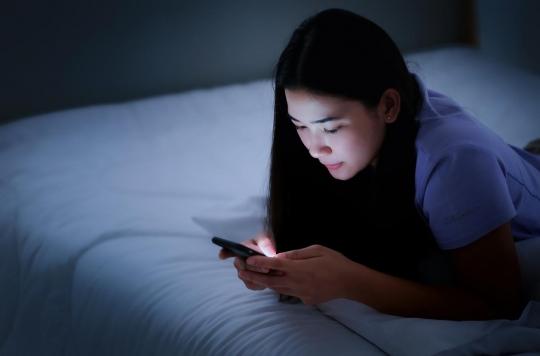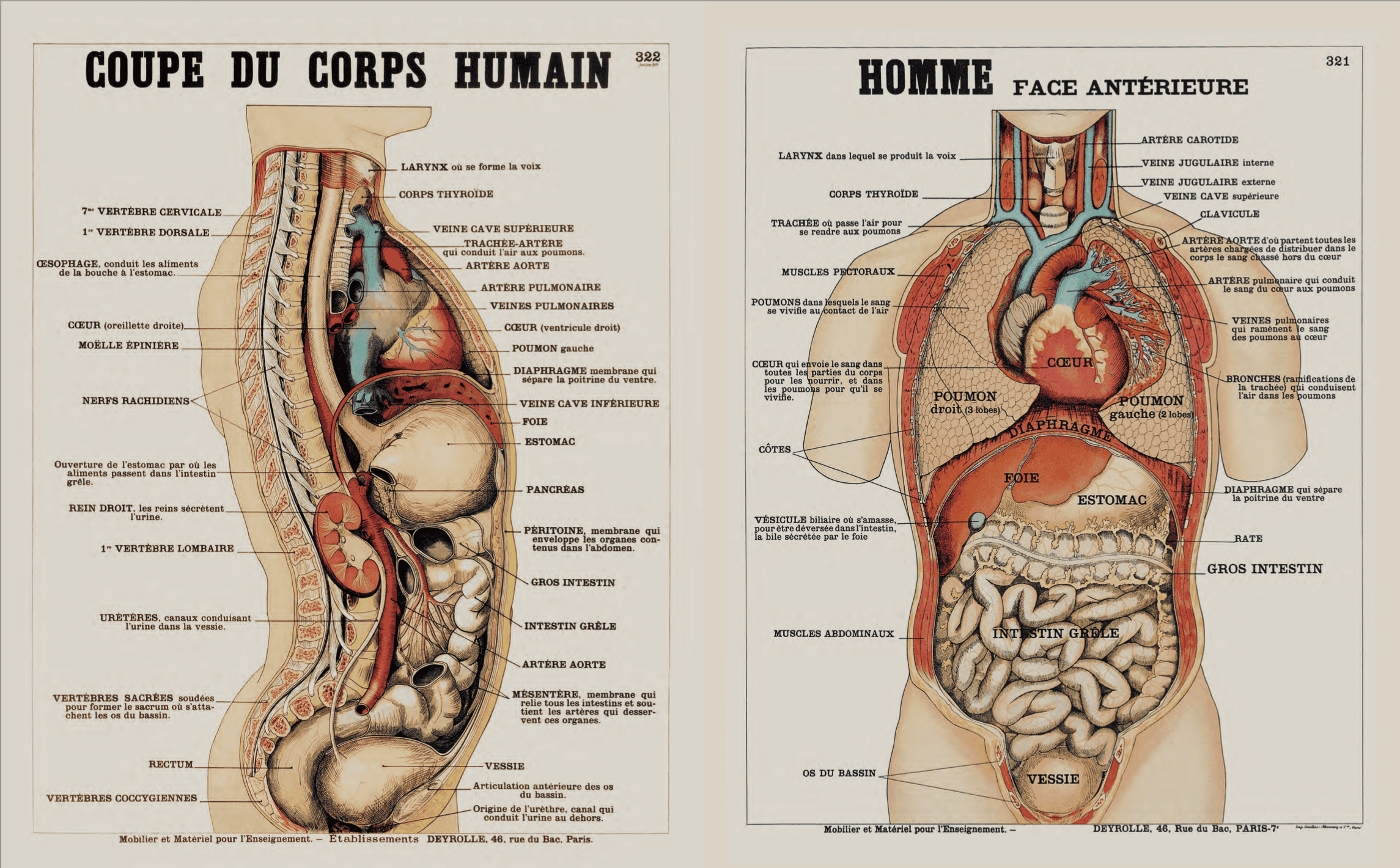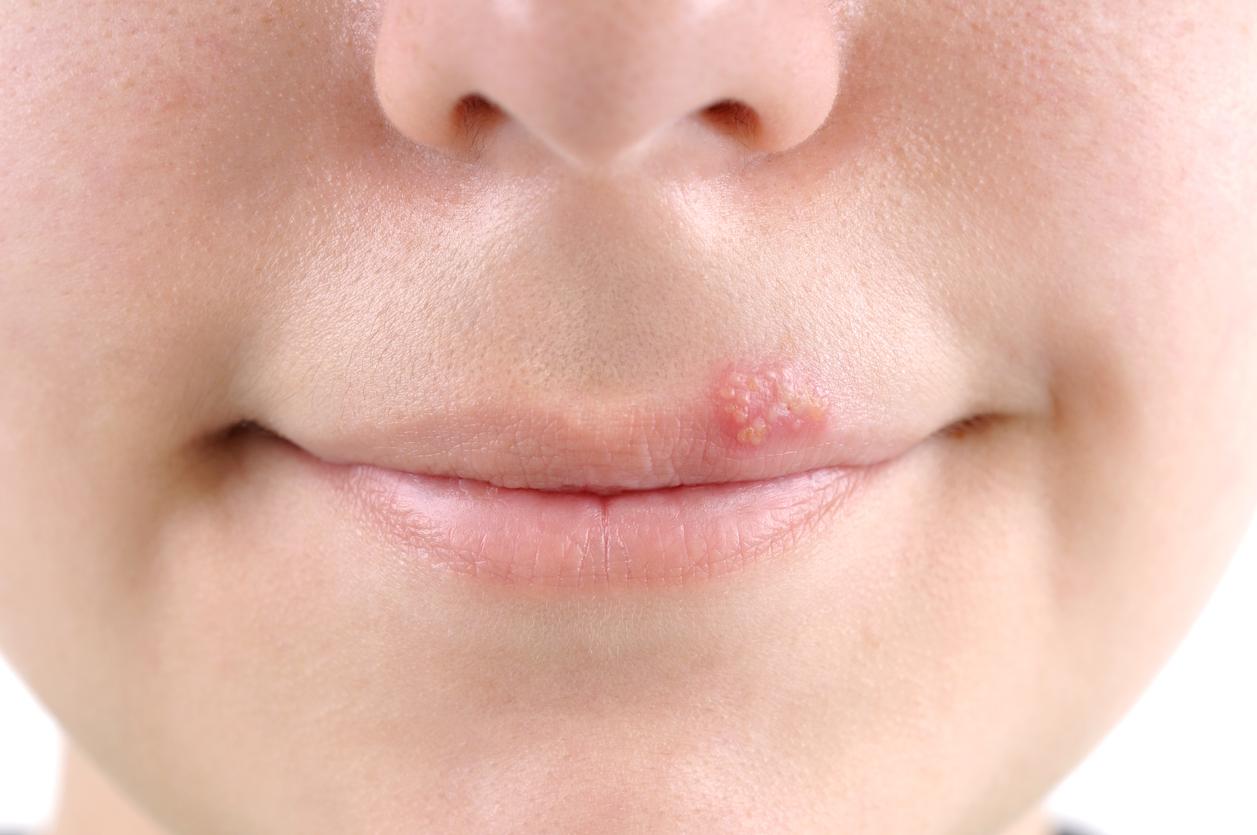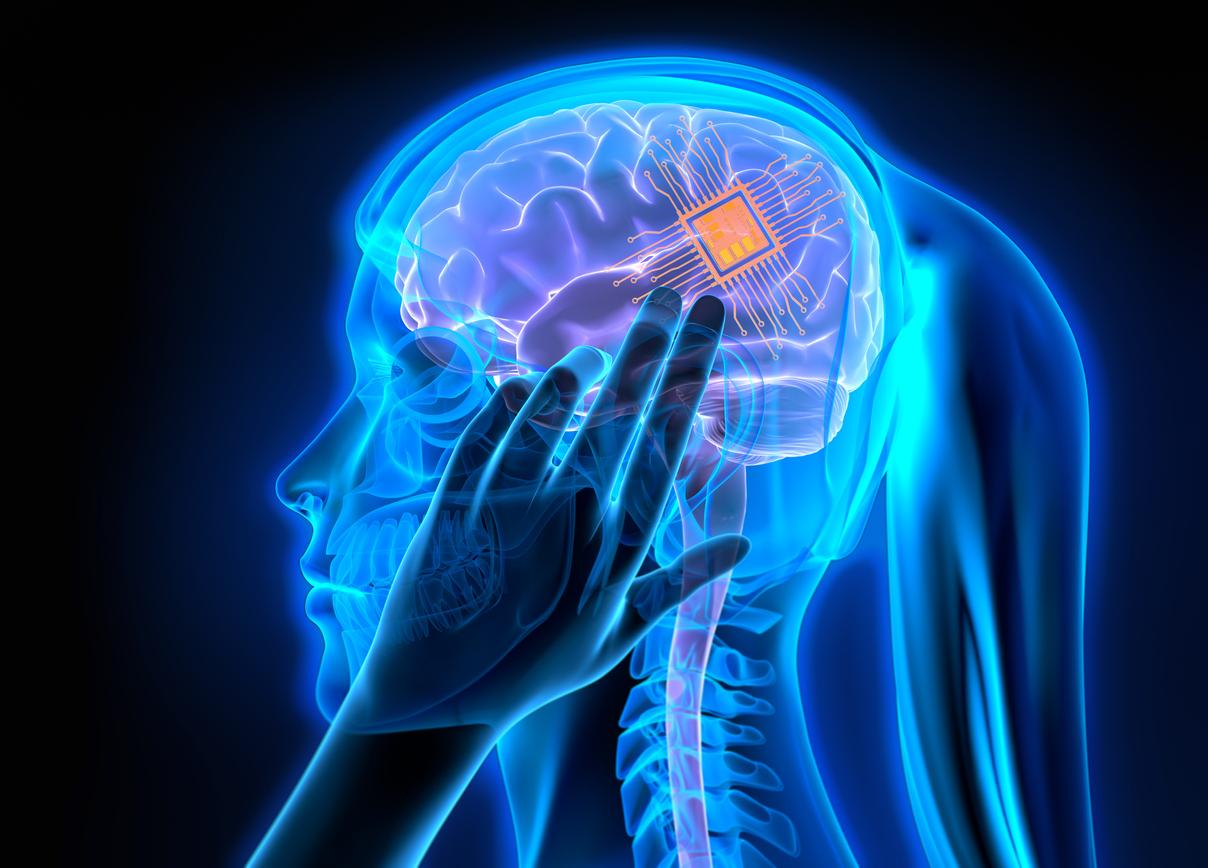Well known for its harmful effects on sleep, blue light also stimulates our metabolism at night.

- Blue light is a part of the light spectrum, whose wavelengths lie between 380 and 500 nanometers.
- It is emitted by the sun, but also by artificial light sources: LED bulbs and screens (tablets, televisions, computers, smartphones).
Exposing yourself to too much blue light before going to sleep makes the body work during the night, according to a new study.
To reach these conclusions, the researchers compared the impact of LED bulbs, which emit a large amount of blue light, with that of OLED bulbs, which project less.
10 men tested
We knew that “energy metabolism is an important physiological process that is altered by exposure to light”explains in the preamble the director of the study Kumpei Tokuyama. “We therefore hypothesized that, compared to LEDs, exposure to OLEDs would have a reduced effect on energy metabolism, similar to that of dim light.”
To validate this hypothesis, his team exposed 10 men to LEDs, OLEDs or dim light for four hours before they fell asleep. The researchers then measured their energy expenditure, their body temperature, the oxidation of their fats and their level of melatonin during the night.
Energy expenditure and body temperature
“The results confirmed part of our hypothesis”, explains Professor Tokuyama. “Energy expenditure and body temperature during sleep were significantly reduced after OLED exposure. Furthermore, fat oxidation during sleep was significantly lower after LED exposure compared to OLED.”
“Our results suggest that specific types of light exposure can influence weight gain, as well as other physiological changes,” Professor Tokuyama concludes.
















